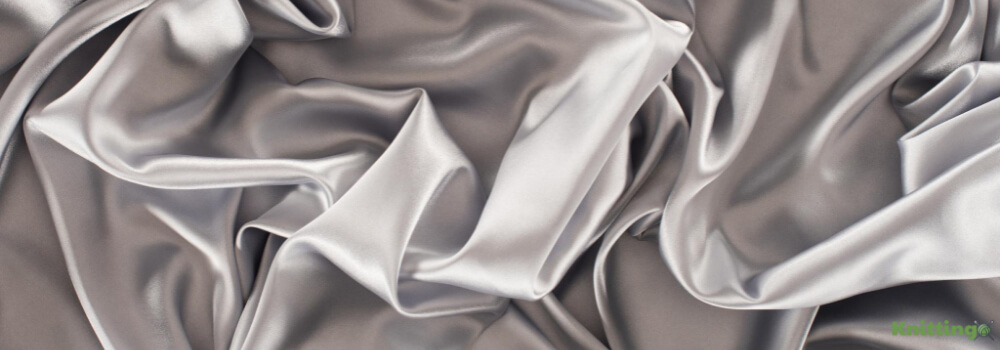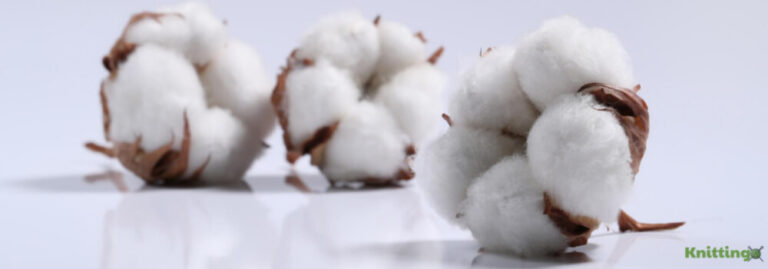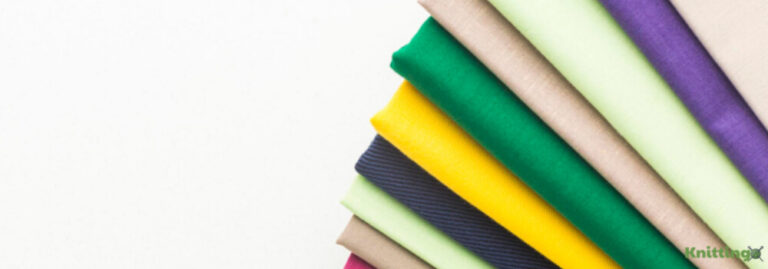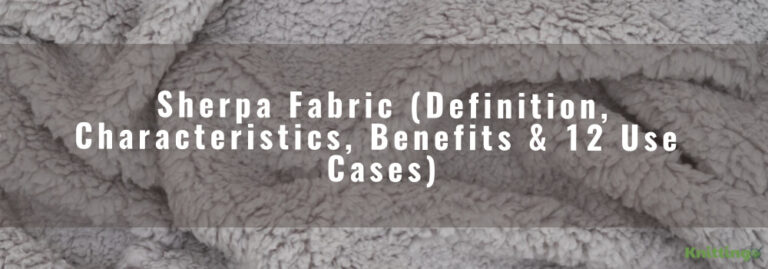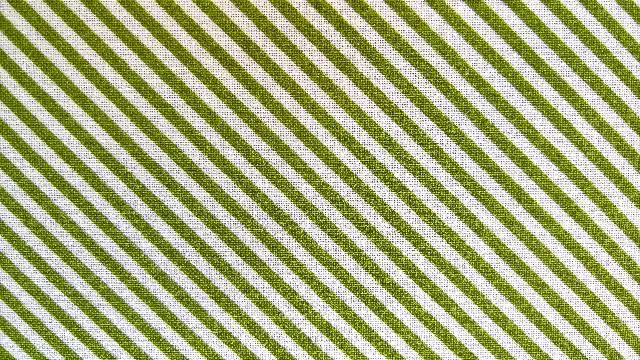Viscose is a synthetic fiber made from wood pulp and is often used to make fabrics. The word viscosity refers to the thickness or consistency of a fluid such as water or oil. Viscose fabric is not stretchable.
Unlike natural fibers like cotton and wool, viscose fabric has no elongation properties which means that it can’t be stretched out without damaging it.
Viscose fabric is classified as a semi-synthetic fiber. It is made from natural cellulose. This means that it does not stretch when heated.
Viscose fibers are semi-synthetic in the sense that they are created with a chemical process and not completely natural like wool and cotton wool.
The degree of stretch varies depending on the material and design of the fabric. For example, Lycra is an artificial fiber that has an excellent degree of elasticity and can be stretched during manufacturing to make garments such as leggings, swimsuits, and sports bras.
Viscose fiber can be woven with spandex to give some stretch. This makes it perfect for knit fabrics, which can appear differently depending on the kind of knit stitch used (the more stitches per inch, the less stretchy the fabric).
Characteristics Of Viscose Fabric
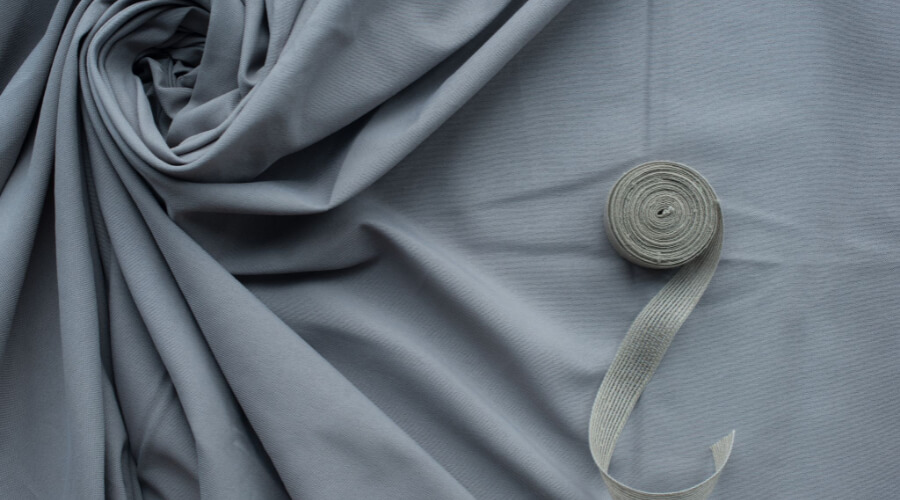
Viscose fabric is a type of rayon fabric that is made from wood pulp. It can be blended with cotton to make it feel softer. This characteristic is desirable for women’s clothing because the dress will feel smoother and more comfortable.
This is a general overview of the key characteristics of viscose fabric.
1. Viscose fabric is a type of rayon.
2. It is often blended with cotton or other fabrics to give it a softer feel and to enhance its drape ability.
3. It can be difficult to distinguish from cotton, but viscose will have a sheen, while the cotton will not have any noticeable sheen at all because it is not manmade fiber.
4. Viscose does not wrinkle as much as cotton or wool fabrics do, which makes it more suitable for formal wear and day-to-day use in moderate climates.
5. It can’t be bleached without losing its strength and luster because it is an artificial fiber that cannot withstand a chemical process.
6. Some things to remember when sewing with viscose are to use a lightweight thread, which won’t break easily even though it’s thin. The material doesn’t fray, so it needs to be sewn carefully and trimmed often. Sewing machine needles should be fine-pointed, but not too sharp because they could break the fibers in the fabric.
7. Viscose can be used to make a wide range of fabrics, such as cotton velvet, wool challis, and silk dupion. Because of its easy availability and low cost, viscose has become the most widely used synthetic fiber in clothing production in terms of weight and yardage.
8. Viscous cloth is often used for making sweaters and other winter clothes due to its warmth and also because it does not get static electricity.
9. It is available in various weights.
10. The fabric feels soft against the skin due to its low coarseness or roughness which makes it an ideal material for winter wear.
Conclusion
No, viscose fabric is not stretchable. Viscose fabric is made from plant-based material and it does not stretch at all.

